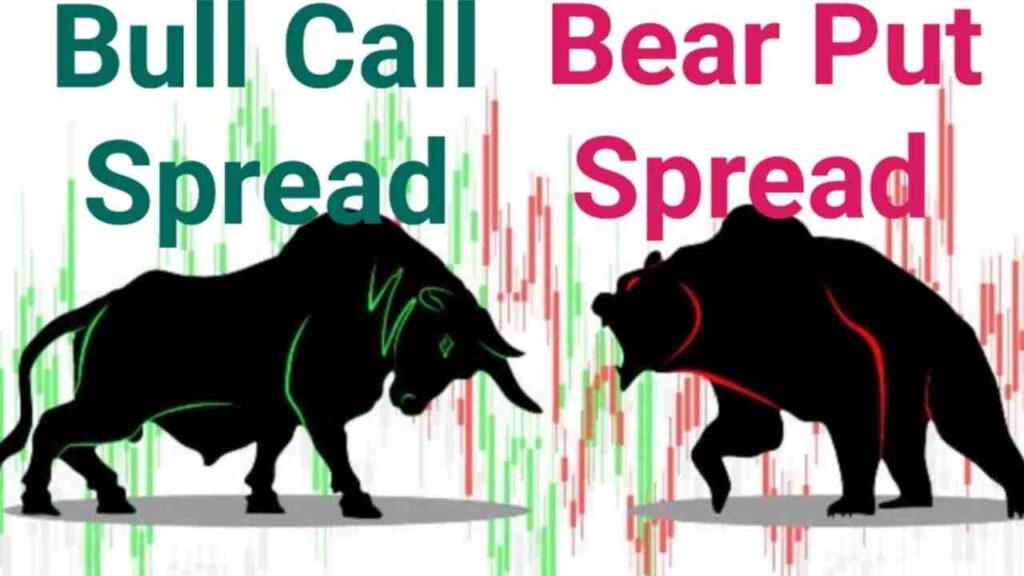Options trading offers investors various strategies to capitalize on market movements, and among these, the bull put spread and bear put spread are two essential techniques to understand. These strategies help traders hedge risk, increase the likelihood of profitable outcomes, and manage positions with limited risk exposure. However, while both strategies involve put options, their applications, risk profiles, and market conditions differ significantly. This article explores the key differences and strategies for using bull put and bear put spreads.
What is a Bull Put Spread?
A bull put spread is an options strategy designed to profit from a neutral to slightly bullish outlook on an underlying asset. In a bull put spread, a trader sells a put option at a higher strike price and simultaneously buys a put option at a lower strike price, both with the same expiration date. By selling the higher strike put, the trader collects a premium, while the purchased lower strike put serves as protection, limiting the potential loss.
The primary goal of this strategy is to profit from time decay, as the sold put option loses value more quickly than the bought put option. The ideal market condition for this strategy is one where the underlying asset either remains stable or rises moderately. The maximum profit occurs if the underlying asset remains above the higher strike price at expiration, as both put options expire worthless, allowing the trader to keep the premium collected from selling the higher strike put.
The risk-reward profile of a bull put spread is limited. The maximum loss is the difference between the two strike prices minus the premium received, and the maximum profit is the premium collected from the sale of the higher strike put. This strategy is best suited for traders who expect the underlying asset to either rise or stay flat. For further info, see it here.
What is a Bear Put Spread?
The bear put spread is a strategy employed when a trader has a bearish outlook on an underlying asset. This spread involves buying a put option at a higher strike price and selling a put option at a lower strike price, both with the same expiration date. By purchasing the higher strike put, the trader gains the right to sell the underlying asset at a higher price, while the sold lower strike put generates premium income that helps offset the cost of the bought put.
A bear put spread profits when the underlying asset declines in price. The maximum profit occurs if the underlying asset’s price falls below the lower strike price at expiration, as the trader can exercise the long put option at the higher strike price while the sold put expires worthless. The maximum loss for this strategy is the net premium paid for the position, which is the difference between the price paid for the higher strike put and the premium received for selling the lower strike put.
When to Use a Bull Put Spread
The bull put spread is best used when a trader has a neutral to slightly bullish outlook on the underlying asset. This strategy is ideal for a market that is expected to remain stable or experience moderate price increases. If the trader believes that the asset’s price will not fall below the higher strike price, they can collect a premium from the sold put while limiting their downside risk with the purchased lower strike put.
For example, a trader might use a bull put spread on a stock that has been trading within a specific range and does not show signs of significant volatility. This strategy allows the trader to take advantage of time decay and earn a profit from the premium received while limiting the potential for loss. Risk management strategies, such as closing the position early if the asset’s price moves against the position, are important for managing unexpected market movements.
When to Use a Bear Put Spread
The bear put spread is most effective in a bearish market, where a trader expects the underlying asset’s price to decline. This strategy is suitable when the trader believes that the asset will experience significant downward movement but wants to limit the amount of capital risked. The bear put spread is particularly useful in volatile markets or when technical indicators suggest that the asset is likely to experience a price drop.
For instance, a trader might use a bear put spread on a stock that has shown signs of weakening due to poor earnings or a negative news event. The strategy provides a way to profit from a bearish market outlook while limiting the loss if the asset does not decline as expected. Traders can adjust their positions as market conditions evolve, such as rolling the position to a later expiration date or different strike prices to improve the risk-reward ratio.
Conclusion
Both bull put spreads and bear put spreads are powerful options strategies that allow traders to profit from different market conditions while limiting their risk. A bull put spread is ideal for neutral to slightly bullish markets, while a bear put spread is best suited for bearish conditions. Understanding when to use each strategy, along with their respective advantages and risks, can significantly enhance an options trader’s ability to navigate various market environments.

